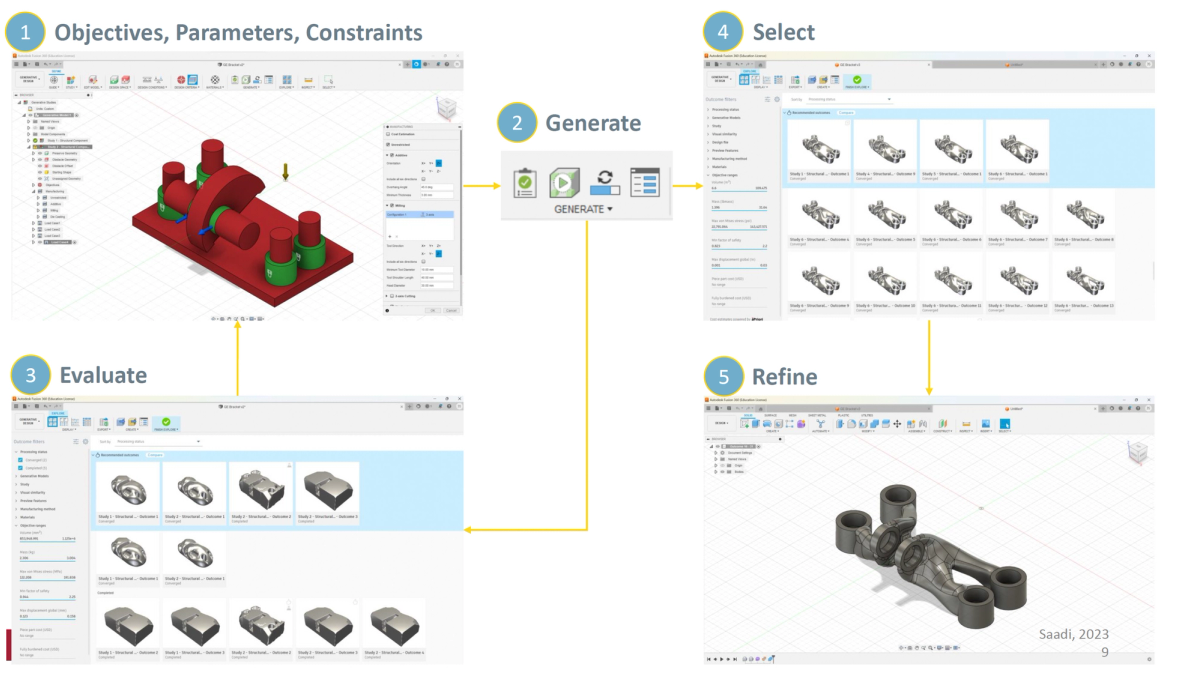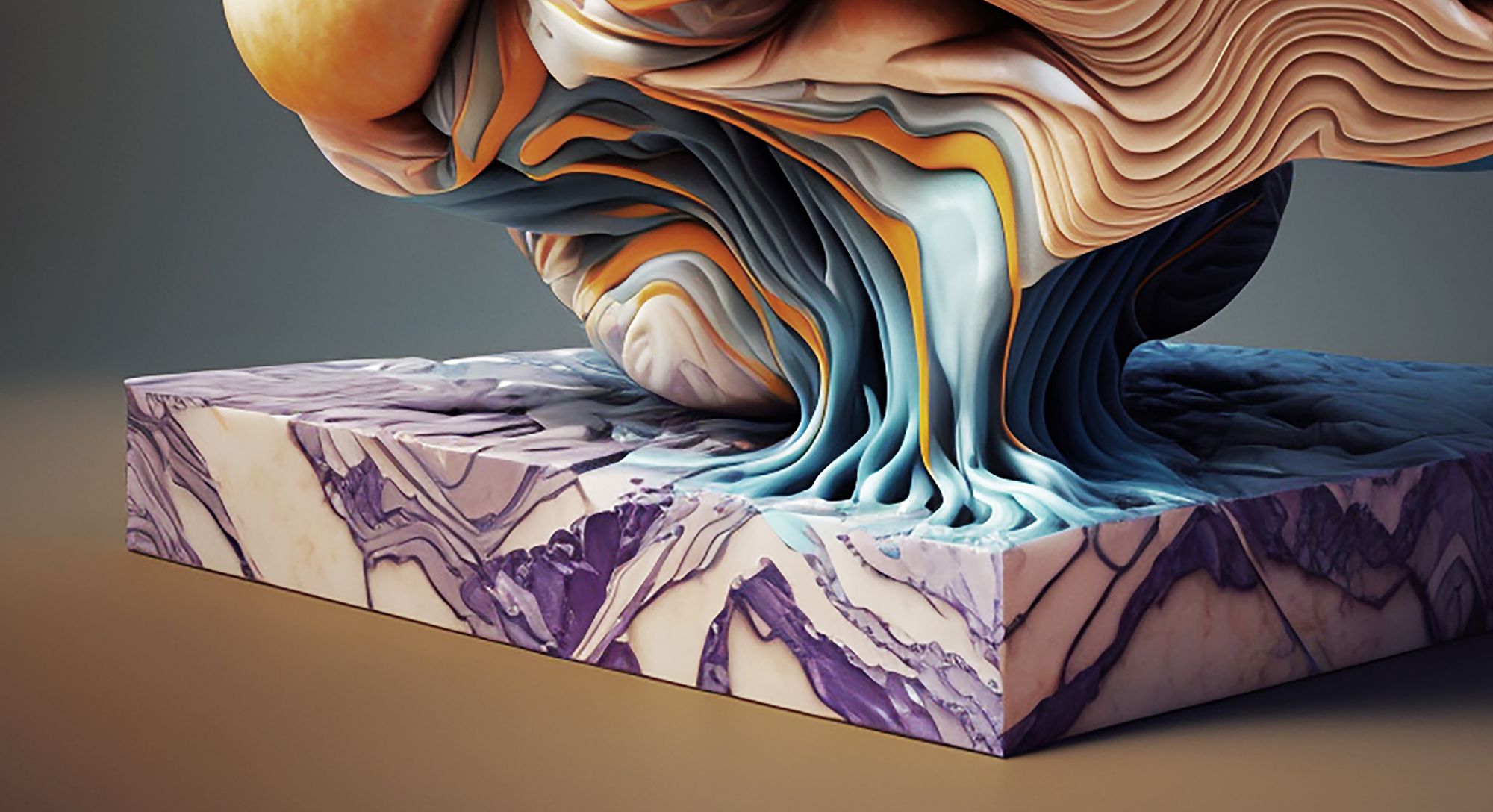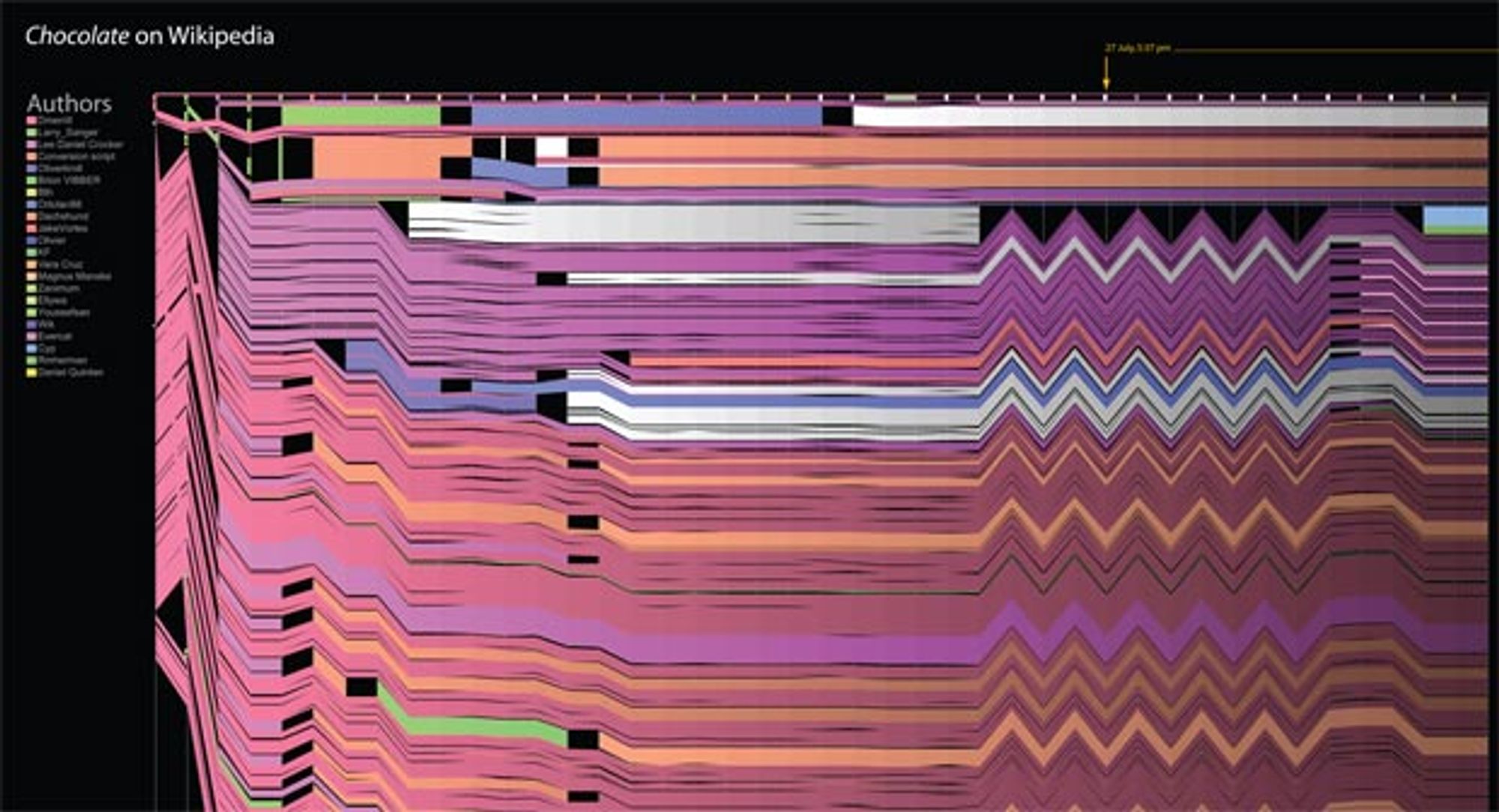MIT PhD student Jana Saadi Studies How Humans Interact with AI-Powered Design Programs
Design Fellows
The MAD Fellow investigates the interplay between human creativity and AI within generative design tools. Her research indicates that the combination of human ingenuity and AI produces an entirely new way of thinking about design, emphasizing the enduring importance of human input in driving innovation and ethical practices.
By Denise Brehm
Oct 10, 2023
Generative design tools — computer modeling software boosted by artificial intelligence — are becoming widely used in aerospace, architecture, automotive and other industries where design is as much about the physics of a product’s behavior as it is about the aesthetics. While these tools have the potential to greatly enhance the speed, quality and complexity of the design of products, the process of how human designers interact with such programs hasn’t been documented until recently.

Image: courtesy of Jana Saadi
MIT Morningside Academy for Design (MAD) 2022 Fellow Jana Saadi SB ’18, SM ’20, a mechanical engineering doctoral student in the Ideation Lab, undertook a two-year study of that process, the results of which indicate that the combination of human ingenuity and AI produces an entirely new way of thinking about design. The importance of Saadi’s study is in its potential applications in training and pedagogy, such as in the MIT core curriculum, which did not yet include generative design tools (GDT) when Saadi was an undergraduate.
Saadi and her research advisor mechanical engineering Professor Maria Yang, associate dean of engineering, associate director of MIT MAD and head of the Ideation Lab, published two papers on the work, the first in the Feb. 2023 issue of Journal of Mechanical Design, and the second in the Proceedings of ICED: The 24th International Conference on Engineering Design held this summer. The study is also the topic of Saadi’s doctoral thesis, expected next month.
While some GDT has been incorporated over the past five years into a few widely used computer modeling software programs — for instance Volkswagen used Autodesk to generate a design that turned an old VW bus into an electric vehicle with some wow to it — some manufacturing companies have developed GDT for use in their own design software. Other examples of GDT used in industry are in the design of the “theatroacoustic”performance and rehearsal spaces of the Voxman Music Building at the University of Iowa by LMN Architects, and the shoemaker New Balance’s collaboration with the generative design studio Nervous System to 3D print data-customized midsoles.

Jana Saadi generated a design for an engine component while using the tutorial of Autodesk Fusion 360, a 3D CAD software incorporating AI. The generative design tool allows users to put in parameters and constraints that generate multiple designs, then add or change the data input to generate more appropriate designs with wide-ranging shapes.
Saadi composed her study into two stages. In the first stage, she interviewed six designers working in mechanical engineering design, industrial engineering design and architecture, to learn about the strategies they used in the design process. All six interviewees had more than five years general design experience; their use of GDT ranged from four months to more than four years. The programs they used included Autodesk Fusion 360, NTopology, CATIA and Rhinoceros, all of which incorporate GDT. Art installations, automobile components, large building structures, small brackets, furniture, and a robot chassis were among the products they designed.
Saadi says it was very clear that a “great deal of the designers’ intuition and expertise goes into the process of defining the parameters and constraints” fed to the software. Even so, the first iterations offered by the programs are often not right or even workable, requiring designers to add additional constraints and parameters to reach their objectives.
The second stage of the study was to develop an experiment in which participants used the design tools for both quantitative — the physical requirements for a product to work — and qualitative or aesthetic purposes in order to gain an understanding of how the participants balanced these aspects. In this stage, the 34 participants were MIT undergraduate and graduate students who had design experience using the CAD tools taught in MIT classes. Some had experience with additional design software. About half had also used GDT.
“It’s not a simple, linear process,” Saadi explains. “There’s a lot of conversation and dialogue between the designer and the generative design tool that has to happen.” Sometimes, she says, the more experienced interviewees used GDT just to get a sense of how very different the actual shape of an object could be from what they might have imagined.
“The study shows that it’s still very much a human design process,” she says.
Saadi’s project is truly representative of the aims of the MIT Morningside Academy for Design: transforming learning, catalyzing innovation and empowering society. For her, the interdisciplinary aspect of MIT MAD was the most inspirational.
“The greatest part of the MIT Morningside Academy for Design is the interdisciplinary aspect of it,” Saadi says of the program, which has weekly lunch gatherings of the Fellows, often with guest speakers who introduce design principles from their own fields, as well as interdisciplinary programs with other groups on or off campus. The Fellows themselves come from all five of MIT’s schools and the Schwarzman College of Computing.
Featured People
Related News
Related Events

Tomorrow’s Designers, Designing Today

From Visual Thinking to Artificial Intelligence

